Do you want to warm up your target audience and double their interest in your business to increase sales? Then lead generation is all that you need! We understand that it is pretty troublesome to attract any stranger to your website and nurture them. Moreover, lead generation marketing also requires a lot of effort besides your time. But what if it all fails in the end?
To avoid such problems, firstly, you need to know what lead generation is and why do we need it? In this article, we will enlighten how to generate leads successfully and double up your revenue. So, let’s get to know what is a lead?
What Is A Lead?
Lead is a person who has been captivated by your company’s services or products. He must have provided you with his e-mail or any other basic information to show his interest in purchasing from you.
However, make sure that not all people have the same preferences; therefore, not everyone will be your lead. For example, according to Marketo, 96% of site visitors never make purchases. So your question was what is lead generation, right? Let’s step ahead and get to know about it.
What Is Lead Generation? A Quick Overview
Lead generation is a procedure of captivating prospects and nurturing them to develop their interest in your business. Some strategies can help you to get leads for your business. However, consistency is the key point! Therefore, prefer sticking to what lead generator strategy works best for you.
Some of the top lead generation examples are:
- Website landing page
- Live seminars and events
- Advertising
- Blog
- Networking
- Email marketing
- Coupons
- Social media marketing
Why Is Lead Generation Important For Your Business?
If your business doesn’t have any lead generation strategy, it will become a sitting duck in the industry. Other than that, the revenue of a business depends upon the whims of your target audience. However, without lead generation, they may not even know if your business exists, resulting in zero leads for sales.
Here are some reasons why it’s crucial to generate leads:
- Expand marketing
- Increase your following
- Boost your sales
- Gather customer reviews
- More business opportunities
- Lead management automation
- Generate visibility, awareness and credibility
Understanding Lead Generation Strategies
In the realm of business, leads are the lifeblood that fuels growth and profitability. Understanding the intricacies of lead generation strategies is essential for any organization looking to thrive in the competitive landscape of today’s market.
The Fundamentals of Lead Generation
Lead generation is the process of attracting and converting potential customers into interested prospects, laying the foundation for future sales. At its core, it’s about building relationships and nurturing them over time.
Successful lead generation begins with a deep understanding of your target audience. By defining your ideal customer profiles and buyer personas, you can tailor your strategies to resonate with their specific needs and preferences. This initial step is crucial because it informs every aspect of your lead generation efforts.
The Multichannel Approach
Modern lead generation strategies span various channels, both online and offline. From digital marketing tactics like content marketing, social media advertising, and email campaigns to traditional methods such as trade shows and direct mail, a multichannel approach allows you to reach potential leads where they are most receptive.
Each channel has its unique advantages and requires a tailored strategy. For instance, content marketing can position your brand as an industry authority, while social media advertising can target specific demographics with precision. Your choice of channels should align with your target audience’s behaviors and preferences.
Nurturing Leads with Valuable Content
Content plays a pivotal role in lead generation. By creating valuable, informative, and engaging content, you can attract and retain the attention of potential leads. Content can take various forms, including blog posts, ebooks, webinars, and videos. The key is to provide solutions to your audience’s pain points and guide them along their customer journey.
Content also integrates seamlessly with other lead generation tactics, such as email marketing. Through well-crafted email campaigns, you can deliver tailored content directly to your leads, nurturing them and building trust over time.
Data-Driven Decision Making
Lead generation is not a one-size-fits-all endeavor. To optimize your strategies, you must rely on data and analytics. Track and measure the performance of your lead generation efforts, from website traffic and click-through rates to conversion rates and customer acquisition costs.
By analyzing this data, you can identify which strategies are most effective and where adjustments are needed. This data-driven approach empowers you to make informed decisions and allocate resources efficiently.
What Is The Process Of Lead Generation?
So, here is your answer to the question, how to get leads for your business?
-
Target Audience Research
To attract traffic, firstly, it requires the proper research of the target audience. You should know who your customers are and what their pain points are. Understand how your products can benefit your target audience.
-
Write Engaging Copy
After understanding your audience, an engaging and captivating copy is the best lead generator. When you write a copy that is valuable, shareable, and problem-solving, ultimately, it is engaging.
-
Promote Your Content
Once your content is ready, you need to promote it on different social media channels. Post your content on LinkedIn, Facebook, Twitter, but at the time when your customers are more active.
-
Nurture Your Existing Leads
After promotion, when leads start to sign up, now it’s time to make a long term relationship with them. Guide your leads carefully through the sales funnel and encourage them to make purchases.
-
Score Your Leads
When your leads start to make purchases, you can now score them. Some of them are more valuable than other leads. Therefore, you have to evaluate each lead and determine which one is interacting more with your business.
-
Good User Experience
Make your leads’ experience hypnotic by asking your sales team to turn their desires into actions. At this step, all comes to your salesmen or saleswomen to enrich your leads’ customer experience and keep them engaged with your business.
4 Quick Tips For A Successful Lead Generation Process
1. Quality Over Quantity
At the start, many people will be attracted to your website. However, only a few of them will be your leads. So don’t run behind each of them; instead, do proper research and target only those who are more potential towards buying your service or product.
2. Monitor Your Competition
Keep a closer eye on your competitors and track all their activities. What’s the use of it? You can create even more converting and effective lead generating strategies of your own for your business.
3. Get The Right Tools
You must have the right channels to track your budget and return on investments. You can also opt for Google Analytics or HubSpotto track your website traffic and your audience’s behavior and interest.
Both platforms are built specifically for inbound lead generation sales and marketing. With the help of the right tools, you can track your leads’ activities and deliver marketing content according to their interests.
4. Stand Out Your CTA
Make your CTAs stand out among your competitors and let your leads enjoy free trials or discounts on your services. An engaging CTA provides a higher chance of encouraging your leads to click on it and convert them into customers.
Tools and Technologies for Modern Lead Generation
In today’s digital age, lead generation has evolved significantly, thanks to the advent of advanced tools and technologies. To stay competitive and maximize the efficiency of your lead generation efforts, it’s crucial to explore the cutting-edge tools available.
Customer Relationship Management (CRM) Systems
CRM systems are the cornerstone of modern lead generation. These platforms allow you to centralize customer data, track interactions, and manage leads throughout their lifecycle. With CRM systems, you can segment leads based on their behavior and preferences, enabling more personalized communication and higher conversion rates.
Popular CRM platforms like Salesforce, HubSpot, and Zoho offer features such as lead scoring, automated email marketing, and analytics, making them indispensable for lead management.
Marketing Automation
Marketing automation tools streamline repetitive tasks, enabling you to nurture leads at scale. These platforms can automate email marketing campaigns, lead scoring, and lead nurturing workflows. They also provide detailed analytics, allowing you to refine your strategies based on real-time data.
HubSpot, Marketo, and Pardot are examples of marketing automation solutions that empower businesses to engage leads effectively and move them through the sales funnel.
Social Media Advertising
Social media platforms like Facebook, LinkedIn, and Twitter have become powerful tools for lead generation. Their sophisticated targeting options allow you to reach specific demographics and interests, ensuring your message reaches the right audience.
By creating compelling ad campaigns and landing pages, you can capture leads directly from social media platforms, making it easier to engage and convert potential customers.
Content Management Systems (CMS)
A robust CMS is essential for creating and managing the content that attracts and engages leads. Systems like WordPress, Drupal, and Joomla provide user-friendly interfaces for publishing blog posts, articles, and landing pages.
With content management systems, you can optimize your website for search engines, ensuring that your content ranks well and attracts organic traffic—another valuable source of potential leads.
Analytics and Data Tools
Data is the foundation of effective lead generation. Tools like Google Analytics, Kissmetrics, and Moz provide insights into website traffic, user behavior, and keyword performance. These insights help you refine your content, SEO, and advertising strategies to capture and convert leads effectively.
Incorporating these tools and technologies into your lead generation strategy can significantly enhance your ability to attract, nurture, and convert leads. By staying up-to-date with the latest advancements and leveraging these resources strategically, you’ll be well-equipped to thrive in the ever-evolving world of modern lead generation.
Conclusion
Wrapping it, you have to make it business-friendly and valuable for your leads. A more friendly website generates more possibilities to attract people towards your website. Other than that, don’t stay behind the competition.
Take note of every activity happening in your industry and take steps forward to it. So, that was our quick guide about lead generation and some of its basic factors. We hope that you must have gone from “what is lead generation?” to “So, this is lead generation!” after reading our article. If you have any query just let us know!
FAQ
What is lead generation?
Lead generation is the process of attracting potential customers (leads) and converting them into someone who has an interest in your company’s product or service.
Why is lead generation important?
Lead generation is essential because it’s what keeps companies’ pipelines full. Without leads, companies don’t have potential customers; without potential customers, companies cannot succeed.
How can I successfully generate leads?
Successful lead generation involves various strategies, including optimizing your website for search engines, making your website mobile-friendly, regularly creating and publishing valuable content, and leveraging social media.


